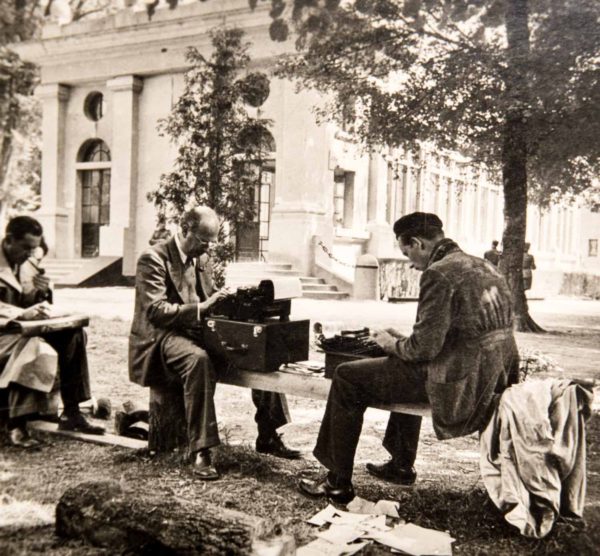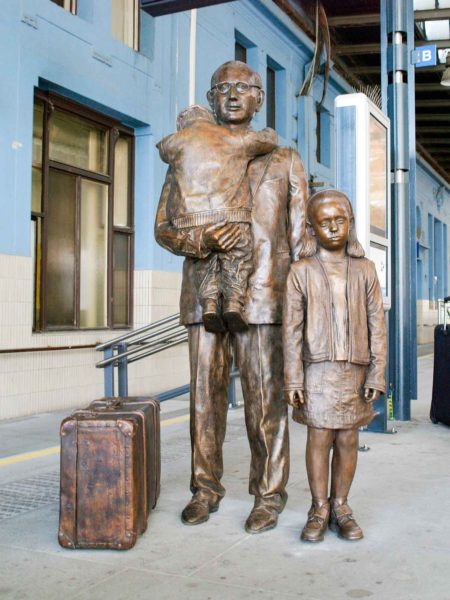In his absorbing book, The Rise and Fall of the Third Reich, William Shirer made sure to point out on numerous occasions how Hitler’s 1925 book, Mein Kampf, or “My Struggle” (it was really more of a “manifesto”) laid out the agenda the future Führer would pursue once in power. Hitler’s book was first published seven years after Germany signed the armistice ending the conflict of World War I and subsequently, the Treaty of Versailles acknowledging their responsibility. (There were two volumes of Mein Kampf published; 1925 and 1926 for a total of 720 pages.)

The Treaty of Versailles forced Germany to disarm, give up thirteen percent of its European territory, lose all its colonial possessions, and subjected the country to onerous financial reparations. Germans, including Hitler, were humiliated and at the same time, outraged. The Weimar Republic came into existence in 1919 and things went downhill from there. The book was written during a time when Germany was suffering from hyperinflation, political extremism, quarrelsome relations with its European neighbors, and within five years, a severe depression. It was a period when people began looking for a scapegoat for their problems and Hitler found a group of people who, for millennia, were forced to play this role: the Jews.
Did You Know?
Did you know there was one thing that Hitler and the Nazis feared more than Jews, Communists, or homosexuals? It was cancer. Well, the 1931 Nobel Prize winner for medicine was a German who was Jewish and openly gay. Otto Warburg (1883−1970), a biochemist, was nominated for a Nobel award forty-seven times during his career. He is remembered for his work on how cells metabolize food and sugar. He discovered that cancer cells eat up more glucose than other cells. Warburg believed the cause of cancer was faulty cell metabolism. As time went on, his theories were proven wrong, and Warburg announced his critics were idiots. The scientist was extremely vain and filled with self-conceit. When another scientist was asked to rank Warburg’s arrogance from one to ten, he took a moment and answered, “Twenty.” Read More Hitler’s Blueprint


